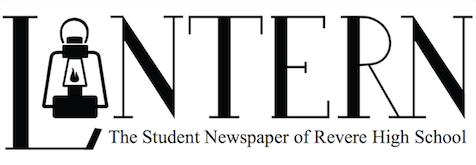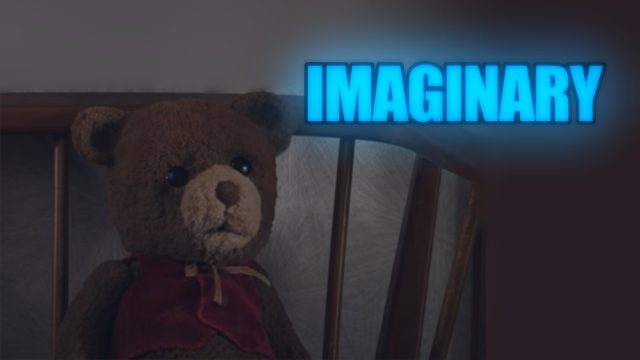With the release of ChatGPT in November of 2022, Artificial Intelligence (AI) has become more of an actuality than ever before. When it comes to what AI can do in schools, there are two sides of the story.
On one hand, some teachers use AI as an effective study tool that gives students resources outside of the classroom or create effective study materials. Additionally, tools like Grammarly or GrammarBot can help students check their work and edit mistakes quickly.
On the other hand, students can use AI programs like ChatGPT to fabricate entire essays which they can then pass off as their own work, and many consider this plagiarism.
Although there are ways to detect AI using AI checkers including Copyleaks or Winston AI, they have one flaw: AI grows. There are instances in which it can outsmart these trackers.
As AI becomes a reality and students begin to explore its many uses, schools have to determine what their policy will be in regards to AI being used in classrooms.
Will the use of AI in schools be positive or negative, and how will it impact students’ creativity and ability to think on their own?
The AI school policy should consider ways schools can use AI as an educational tool but also be open-ended enough to include whatever advance may be made in the future.
So far, the initial response towards AI began negatively as many have taken advantage of it as a way to cheat, but hopefully in the future we can find a way to harness its ability and use it for good.
Click HERE for more Lantern coverage on Artificial Intelligence.


